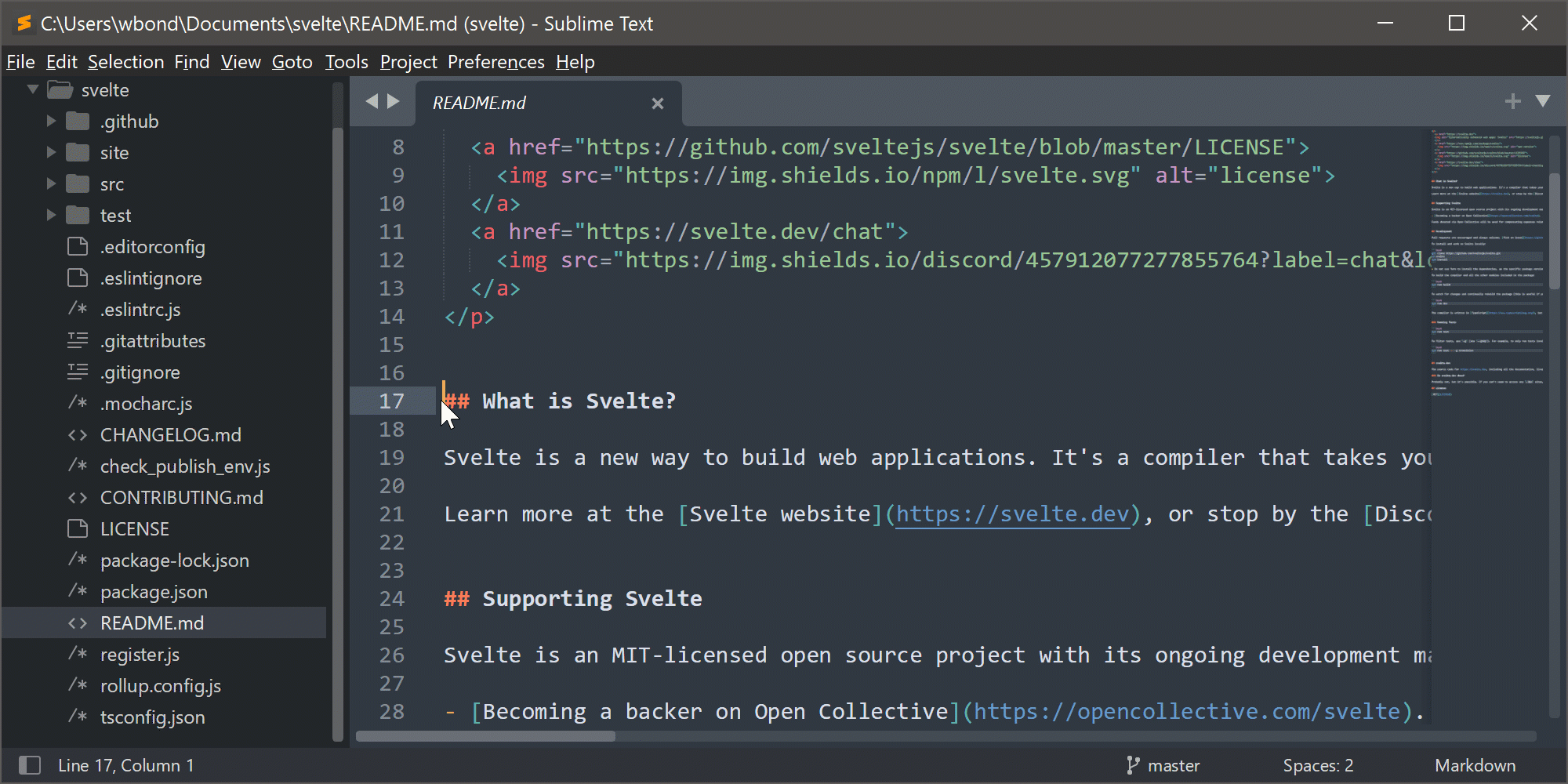
Type the ls * command to list the contents of the directory with it's subdirectories: List files recursively Type the ls -d */ command to list only directories: List files with subdirectories Type the ls ~ command to list the contents in the users's home directory: List only directories for contents two levels above: List files in the user's home directory (/home/user) command to list the contents of the parent directory one level above. Type the ls / command to list the contents of the root directory: List files in the parent directory

Type the ls command to list the contents of another directory: List files in the root directory Type the ls command to list the contents of the current working directory: List files in another directory In other words, flags change how the ls command works: ls PS: The word contents used in throughout the article refers to the files and directories being listed, not the actual contents of the files/directories ? List files in the current working directory

The ls command also accepts some flags (also known as options) which are additional information that changes how files or directories are listed in your terminal. Launch your terminal and type ls to see this in action: How to list Files in a Directory with Options Just like you navigate in your File explorer or Finder with a GUI, the ls command allows you to list all files or directories in the current directory by default, and further interact with them via the command line. The ls command is used to list files or directories in Linux and other Unix-based operating systems. Basic knowledge of navigating around the CLI.Have one of the Linux distros installed.In this article, we'll go in depth on the ls command and some of the most important flags you'll need day-to-day. The ls command is one of the many Linux commands that allow a user to list files or directories from the CLI. The Linux shell is a REPL ( Read, Evaluate, Print, Loop) environment where users can enter a command and the shell runs it and returns a result. One amazing feature of the Linux operating system is the Command Line Interface (CLI) which allows users to interact with their computer from a shell. It's open source, and is used all over the world across many industries. Linux is one of the most popular Unix based operating systems. Many of these operating systems failed, while others succeeded. Since the creation of Unix in the 1970s, a lot of operating systems have used it as their foundation.


 0 kommentar(er)
0 kommentar(er)
